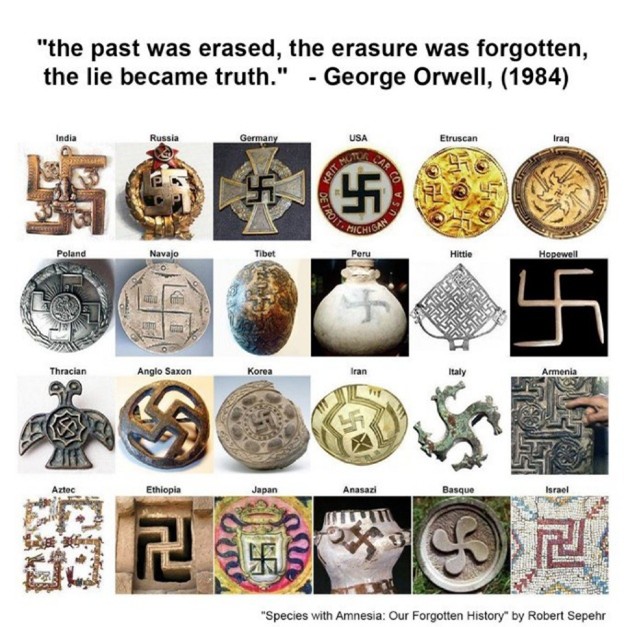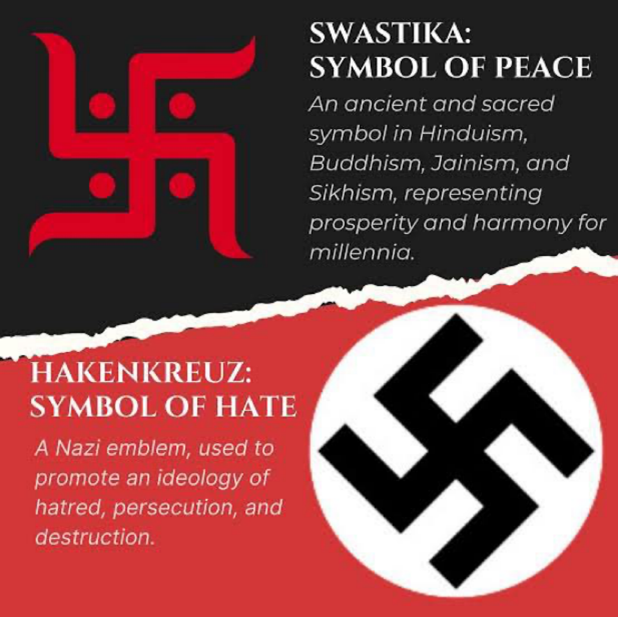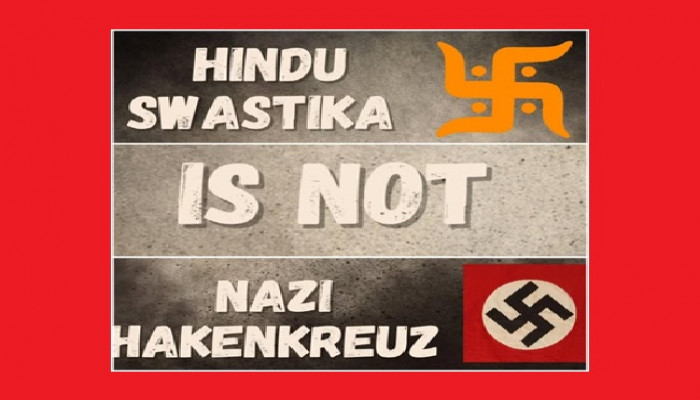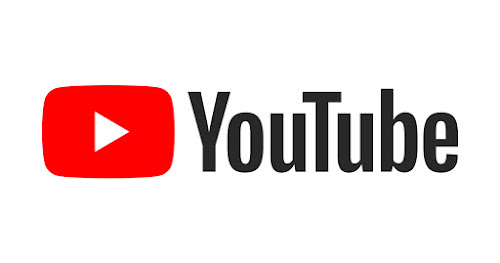The Swastika, A Sacred Sanskrit Symbol Misidentified in the West
- In Current Affairs
- 08:58 AM, Nov 22, 2025
- Rudra Dubey
All Government Agencies Must Use the Correct Term “Hakenkreuz” for the Nazi Emblem
The word swastika—from the Sanskrit स्वस्तिक (svastika)—is one of the most ancient and revered symbols in Hinduism, Buddhism, and Jainism. It means “that which brings good fortune,” “well-being,” “auspiciousness,” and “universal harmony.”


For thousands of years, this symbol has been used in temples, rituals, festivals, weddings, religious scriptures, and global cultural artefacts.
It is a sacred emblem of peace, prosperity, and universal goodwill.
Yet in modern Western discourse, the English word swastika has been incorrectly redefined due to a 20th-century historical accident—an accident so severe that the original meaning has been virtually erased in American public vocabulary.
The Nazi symbol was never a swastika.
The correct German term—used in German history, German government documents, and German scholarship—is Hakenkreuz, meaning “hooked cross.”
Calling the Nazi emblem a “swastika” is both factually wrong and deeply disrespectful to millions of Hindu, Buddhist, and Jain practitioners.
It is therefore essential that all government bodies, including the U.S. Coast Guard, immediately discontinue the incorrect use of the word “Swastika” when referring to Nazi imagery.
How the Word “Swastika” Was Wrongly Hijacked due to Profuse Use by the British since the Colonial Era: A Historical Breakdown
The confusion did not happen because the symbols were the same.
It happened due to the British use during the colonial era and the English-language media, in the absence of rationality, misused the Sanskrit word Swastika. This mistake was detrimentally amplified by the West as a result of World War II trauma.
Pre-1930s – “Swastika” in English meant only the ancient auspicious symbol
When British scholars introduced Sanskrit terminology into English, swastika entered the language in the 1870s.
It was widely used across the U.S. and Europe as a positive good-luck emblem:
- Coca-Cola promotional tokens
- Boy Scout badges
- Postcards and jewellery
- Architecture and household items
- U.S. military insignia (e.g., the 45th Infantry Division until 1938)
It’s abundantly documented that at this time, NO one used the word Swastika to refer to the German political symbol. The German word was Hakenkreuz.
1920–1933 – The Nazi Party adopts the Hakenkreuz
The German term for the Nazi emblem was always Hakenkreuz.
However, when English newspapers, due to a lack of understanding and carelessness, reported on German politics, they began incorrectly using “swastika” simply because that was the only familiar English word for a similar geometric shape.
This deliberate linguistic shortcut laid the foundation for decades of misidentification.
1933–1939 – Asian religious organisations protest the mislabeling
As the Nazi regime grew more visible, Hindu, Jain, and Buddhist groups in the U.S. and Britain protested that their sacred symbol was being misrepresented in English coverage.
Their protests were largely ignored by Western media, either to not correct their mistake of to defame Hindu sacred symbol Swastika.
Inflexion point: 1939–1945 – World War II and the solidification of the mistake
During the war, English-language propaganda misused the term millions of times. In today’s context, it’s purely a Hinduphobia!
For the Western public, the incorrect usage became entrenched.
The ancient sacred symbol—used for millennia—became unmentionable in Western society due to an error in terminology.
Post-1945 – The English definition of “Swastika” is overwritten
Dictionaries eventually adopted a second definition:
- Ancient symbol of auspiciousness
- AND the Nazi emblem (incorrectly and Hinduphobic)
By the 1970s and 1980s, the second meaning had completely overtaken the first in Western consciousness.
Present Day – Most of the West and U.S. institutions still use the incorrect term
In 2025, American English overwhelmingly uses “Swastika” to mean the Nazi emblem.
This is:
- historically false
- linguistically inaccurate
- religiously offensive
- culturally damaging
The correct word—Hakenkreuz—exists and carries none of the sacred connotations of the Sanskrit swastika.
Why the U.S. Coast Guard Must Remove the Word “Swastika” from Its Recent Memo
1. The Hakenkreuz Nazi emblem is not a Swastika
Using the swastika to denote a hate symbol is a fundamental error.
It misidentifies the Nazi emblem and misrepresents a religious symbol of peace.
2. The sacred Hindu symbol and Sanskrit word Swastika predates Nazi Germany by at least 5,000 years
It appears in:
- Vedic literature
- Hindu, Buddhist, and Jain temples
- Ancient Indian seals
- Tibetan prayer flags
- East Asian art
- Indigenous cultures worldwide
3. Mislabelling harms entire religious communities, and at the least it is Hinduphobic
Incorrect usage leads to:
- harassment of Hindu, Jain, and Buddhist temples
- misunderstanding of a sacred symbol
- discrimination against practitioners
- fear of using their own religious iconography
4. U.S. federal agencies have a responsibility to use culturally accurate terminology
The government should not perpetuate historical errors, especially when they cause harm.
Using Hakenkreuz instead of Swastika aligns with:
- academic accuracy
- interfaith respect
- cultural sensitivity
- historical truth
5. It sets a corrective precedent and helps reduce Hinduphobia
By adopting the correct terminology, U.S. agencies can help undo decades of misunderstanding and restore the original meaning of a sacred word.
We as the Hindu community, deserve Accuracy, Respect, and Responsibility
The Swastika is—and always has been—a Sanskrit symbol of well-being, peace, and prosperity.
It belongs to the spiritual traditions of millions of people and predates Nazi Germany by thousands of years.
The Nazi emblem, by contrast, is the Hakenkreuz, a German political symbol of the 20th century.
The two should never be conflated.
To honour cultural truth and religious dignity, the U.S. Coast Guard must revise its memo and replace the incorrect reference to “swastika” with:
Hakenkreuz (German Nazi hooked cross)
This correction is not political—it is factual, respectful, and necessary.
Disclaimer: The opinions expressed within this article are the personal opinions of the author. MyIndMakers is not responsible for the accuracy, completeness, suitability, or validity of any information on this article. All information is provided on an as-is basis. The information, facts or opinions appearing in the article do not reflect the views of MyindMakers and it does not assume any responsibility or liability for the same.







Comments